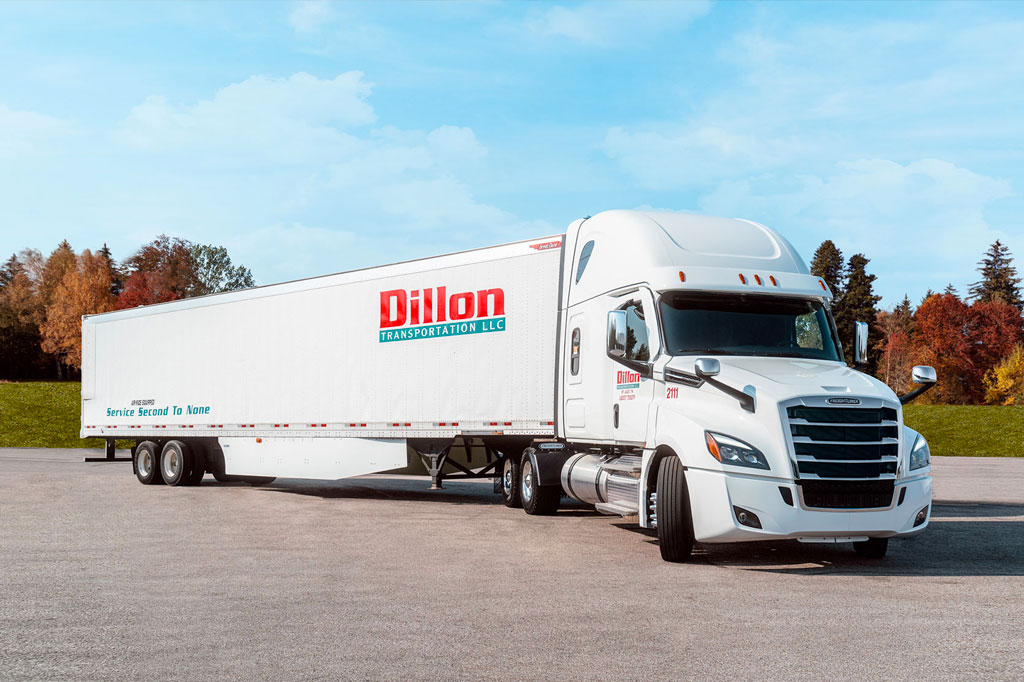Customer Company Size
SME
Region
- America
Country
- United States
Product
- RumbleUp platform
- Bandwidth’s communications APIs
Tech Stack
- Communications API
- VoIP network
Implementation Scale
- Enterprise-wide Deployment
Impact Metrics
- Customer Satisfaction
- Brand Awareness
Technology Category
- Application Infrastructure & Middleware - API Integration & Management
Applicable Functions
- Sales & Marketing
Use Cases
- Public Warning & Emergency Response
- Public Transportation Management
Services
- System Integration
About The Customer
RumbleUp is a platform that makes political outreach scalable while still maintaining the personal connections that are so crucial to winning over new supporters, donors and voters. They have a deep bench of features that come from listening to their customers. As requests for features come in they take those ideas, bake them into the software, and then make them available to all of their clients. In that way, their platform has the best ideas of the 150 companies that have used it in the past, and continue to use it. RumbleUp is now excited to be expanding their services to new markets including trade associations, higher education, government, non-profits, and for-profit.
The Challenge
Reaching voters is a daunting task. Whether you’re a candidate asking for their vote, polling potential voters, or just making them aware of the issues, reaching out to the electorate in a way that’s effective while still connecting with them on a personal level can be extremely challenging. RumbleUp understood that challenge, and launched their platform to make political outreach scalable while still maintaining the personal connections that are so crucial to winning over new supporters, donors and voters. Finding a partner that can provide the throughput that’s needed while helping to maintain the personal touch is a tall order, but RumbleUp delivers on that every day, which is why their customers keep coming back to them, campaign after campaign.
The Solution
RumbleUp partnered with Bandwidth, a communications API provider, to ensure reliable message delivery. While many in the industry use a single CPaaS provider, RumbleUp didn’t want to be reliant on a single downstream provider at crunch time. When it came time for the final push, that would serve them well. In the 72 hours before the midterm election, RumbleUp’s CPaaS provider experienced a significant service outage, and was unable to provide MMS services. RumbleUp was able to switch all their traffic to Bandwidth, which provided 100% uptime during the final push, ensuring that all messages were delivered in that crucial period and their clients could stay focused on other time-sensitive tasks.
Operational Impact
Quantitative Benefit

Case Study missing?
Start adding your own!
Register with your work email and create a new case study profile for your business.
Related Case Studies.

Case Study
Fire Alarm System and Remote Monitoring Sytem
Fire alarm systems are essential in providing an early warning in the event of fire. They help to save lives and protect property whilst also fulfilling the needs of insurance companies and government departments.Fire alarm systems typically consist of several inter-linked components, such as smoke detectors, heat detector, carbon monoxide, manual call points, sounders, alarm and buzzer. The fire alarm system should give immediate information in order to prevent the fire spread and protect live and property.To get maximum protection a shoe manufacturer in Indonesia opted for a new fire alarm system to monitor 13 production sites spread over 160 hectars. Although the company had an existing fire alarm system, it could not be monitored remotely.It was essential that the new system would be able to be monitored from a central control room. It needed to be able to connect to the existing smoke detector and manual call point. Information should be easily collected and passed on to the Supervisory Control and Data Acquisition (SCADA) system. Furthermore, the system should have several features such as alarm management, auto reporting, being connected to many client computers without additional cost, and run 24/7 without fails. The company also needed a system which could be implemented without changing the architecture of the existing fire alarm system.

Case Study
Delhi NCR Metro: A Mobile App Revolutionizing Public Transportation
The Delhi NCR Metro, a major public transportation system in India, was facing a challenge in providing accurate and comprehensive information to its daily commuters and tourists. The lack of a centralized platform for information about metro station details, train schedules, fare details, parking, elevators, and tourist locations was causing inconvenience to the users. The challenge was to develop a mobile app that could provide all this information accurately and conveniently. The app needed to be equipped with GPS services to help users find the nearest metro and renowned locations. An interactive map was also required to assist travelers who were familiar with the metro lines. The goal was to provide maximum information with minimum input.

Case Study
Scalability Through IoT: Dillon Transportation's Growth with Innovative Access
Dillon Transportation, a dry van transportation company, experienced significant growth since its inception in 1996. From a humble beginning with one truck and two drivers, the company expanded to a fleet of 125 trucks and 170 drivers and crew members. However, this rapid growth brought about a challenge. The owner, Donnie Dillon, found it increasingly difficult to keep track of every driver and truck in his fleet. He could no longer remember the specifics of each trip, which he previously kept in his head. The company needed a more sophisticated way of storing information about drivers and loads. They required a system that would allow employees to access the specifics of each trip easily. The challenge was to find a solution that could manage the growing complexity of their operations.
Case Study
Optimizing Materials Discovery with Quantum and Classical Machine Learning Techniques
BASF, the world's largest chemical producer, is constantly innovating and developing new materials for various sectors including consumer goods, transportation, healthcare, agriculture, and energy. The challenge lies in their pursuit of sustainable and innovative new materials. BASF is keen on exploring how AI and quantum techniques can be utilized on today's classical computers to enhance existing cheminformatics solutions. Specifically, they are interested in machine learning models that can predict the molecular properties of new materials. The goal is to leverage these advanced technologies to boost their materials discovery process and make it more efficient and effective.

Case Study
Tobi: Enhancing Customer Experience with Improved Returns Processing
Tobi, an international fast-fashion online retail destination, was facing challenges with its returns process. The company, which serves young women in over 100 countries, was struggling to contain the costs of offering free returns. The bulk rate provided by their legacy supplier, the U.S. Postal Service, was proving to be expensive. Additionally, Tobi’s limited order tracking abilities were prompting frequent customer inquiries, many of them about returns. This lack of clarity around the returns process left customers wondering when they would receive a refund or replacement item, creating a negative customer experience. The Tobi team also struggled with the lack of visibility when expediting customer queries.








